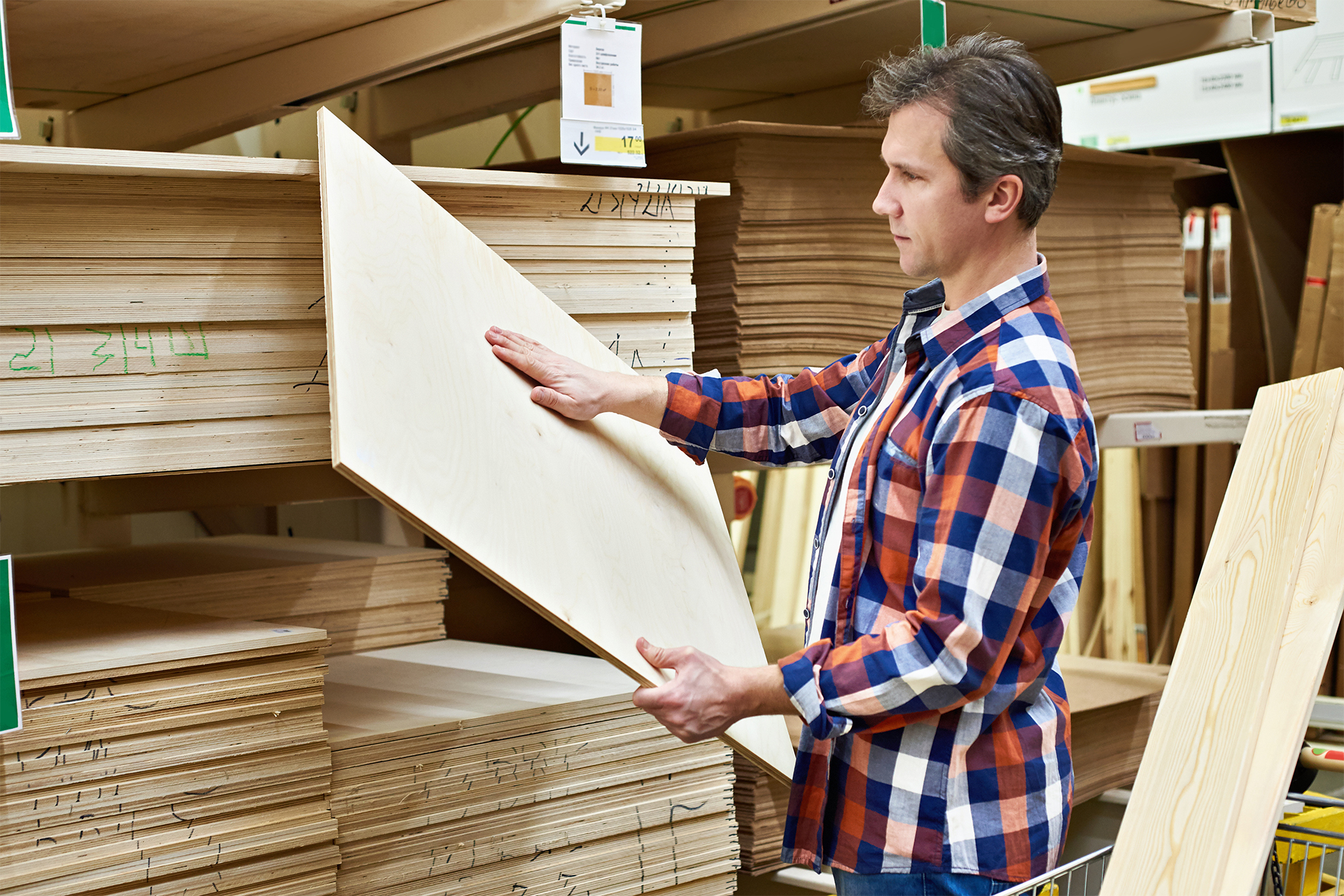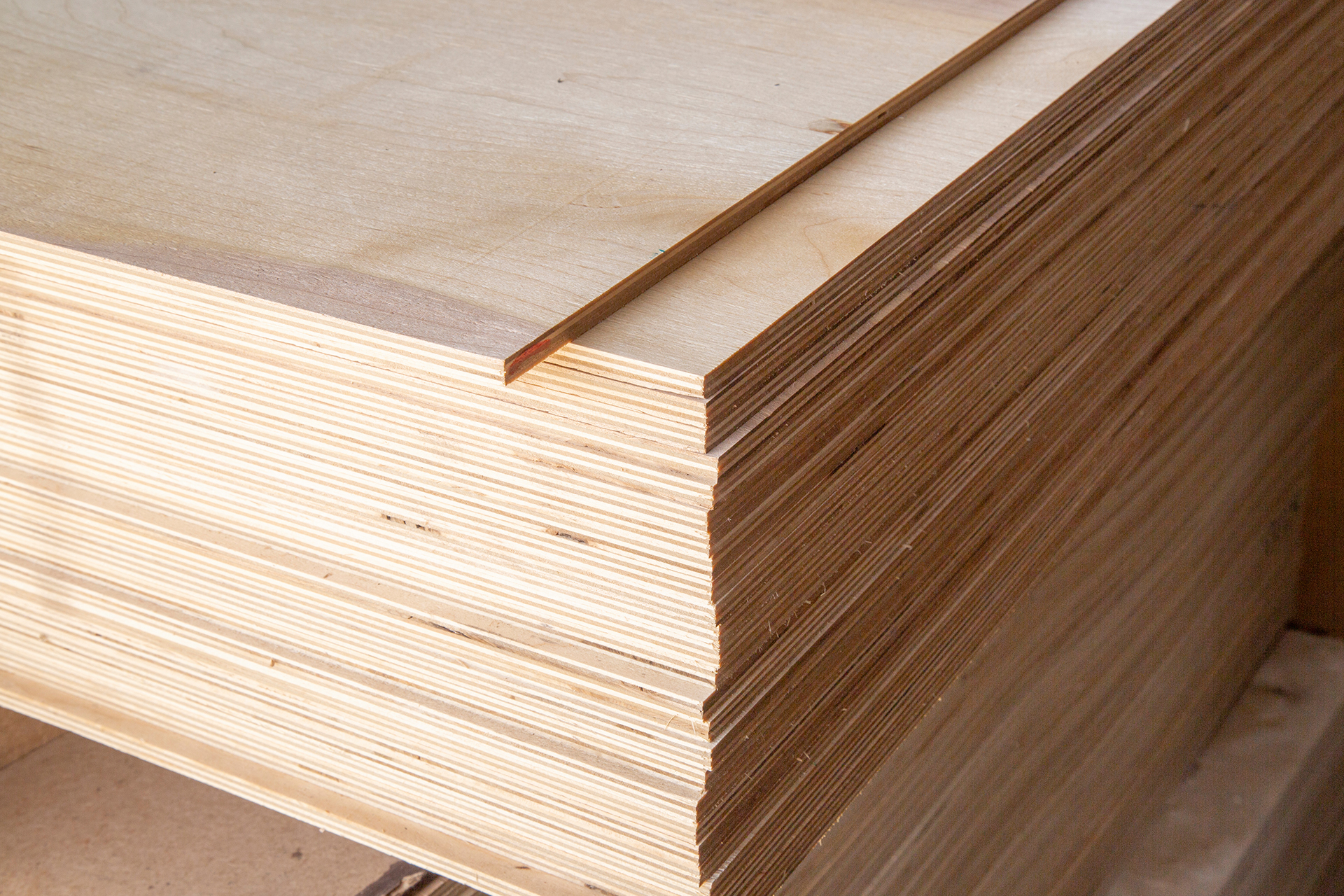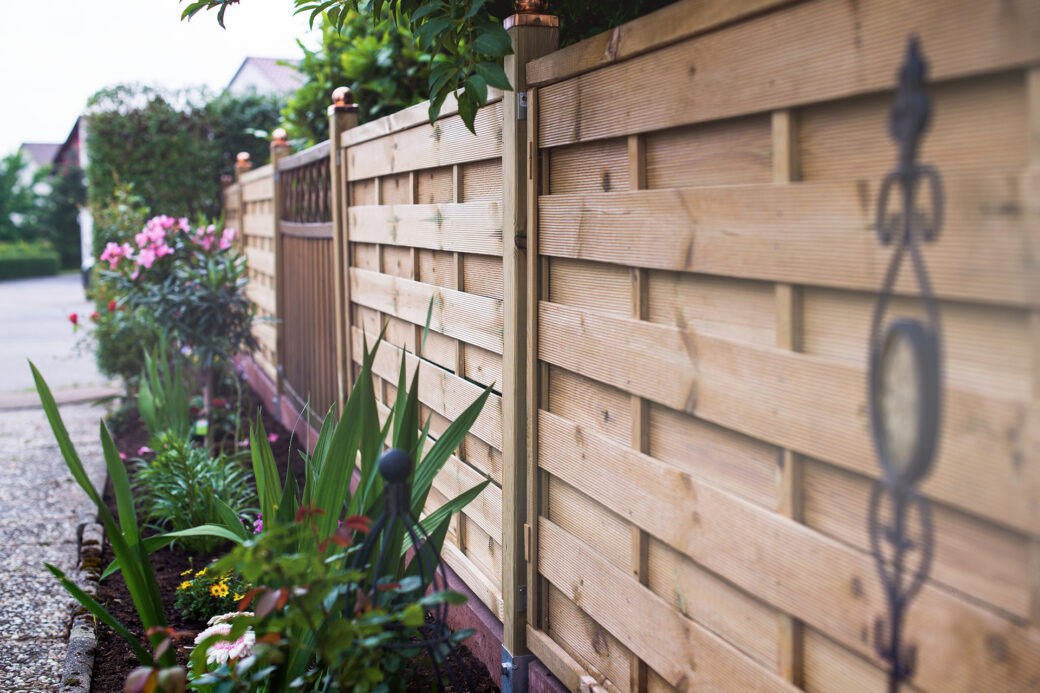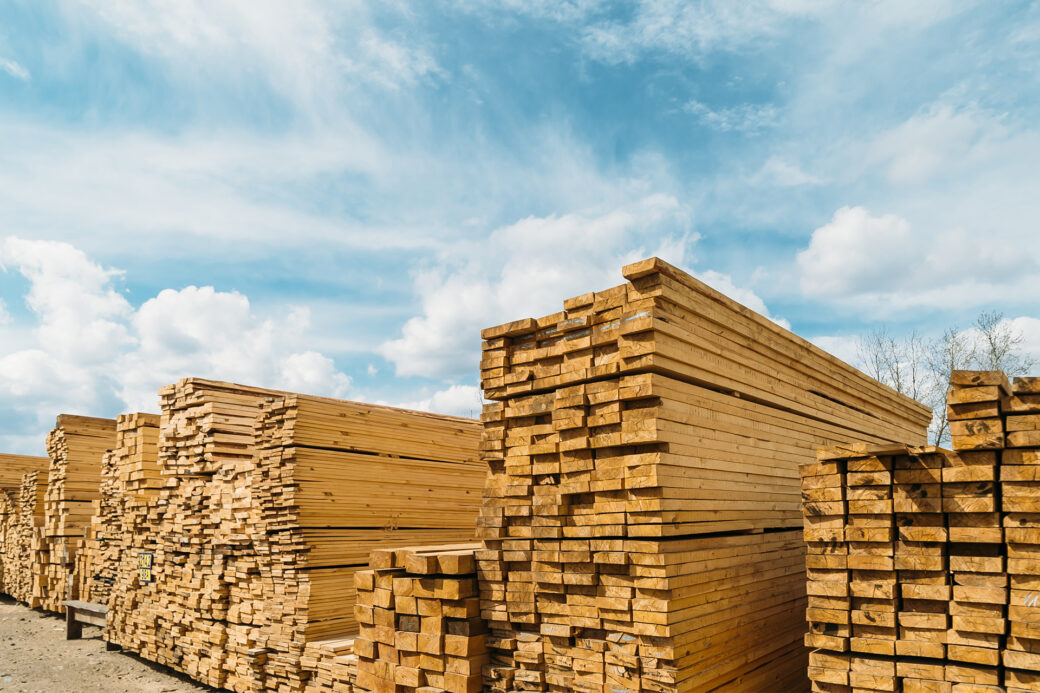Plywood is massively popular in the UK, which is hardly a surprise. Not only is it suitable for large-scale construction purposes, but because it’s so versatile, durable, and affordable, it’s also a great material for beginner DIY enthusiasts.
But how do you choose the perfect plywood option? First, you’ll need to understand thickness, which is the most important attribute of plywood. Once you recognise the intricacies of plywood thickness and how it impacts its application, chances are you’ll understand what kind of plywood you need.
What thickness does plywood come in?
Plywood thickness varies around the world based on different measuring systems and building standards. In the U.S.A., for example, it’s measured in inches due to the imperial system, whereas in the UK, it’s measured in millimetres because of the metric system.
However, due to the larger size, length and width of plywood sheets are also measured in feet in the UK, just to keep things interesting.
While UK plywood thicknesses can be as small as 3.2mm and as large as 100mm, the most common choice for our customers is between 3.6mm and 20mm, depending on the project. Some plywood products are much thicker than others, too, with our pine ply coming in thicknesses of 12mm and 18mm.
Is plywood thickness important?
The thickness of plywood is incredibly important as it directly affects the kinds of things you can build. Let’s take a look at some of the plywood sheet options available and how their thickness contributes to their quality and applications.
Softwood ply
Softwood ply is by no means soft, despite the name. It’s predominantly used for structural purposes in construction, although it’s also popular with cabinet makers due to its appealing appearance.
Versatile and strong, softwood ply comes in thicknesses of 9mm, 12mm, 18mm, and 24mm. For small-scale furniture, you can go for the lower end of this scale, and for structural purposes, you’ll probably want one of the thicker options.
Birch plywood
Birch plywood is durable and resistant to impact and warping. It’s also wear-resistant and has a hard surface, making it great for wall structures and heavy-duty flooring.
Higher grades of birch plywood have a blemish-free, natural finish that’s easy to clean and difficult to damage. Able to withstand heavy weight, it’s often used for larger household furniture.
When it comes to thickness, birch plywood can be anywhere between 6mm and 30mm, with sheets up to 3050cm wide available. Thicker options are more suitable for wall structures and flooring, whereas thinner sheets are more commonly used for household furniture.
Hardwood ply
As the name suggests, hardwood ply is pretty strong. It’s made up of 100% hardwood through its core, with a clean finish on both sides and a class 2 glue line throughout. This makes it highly durable and ideal for furniture making, as well as niche applications like building musical instruments and sporting equipment like skateboards.
Hardwood ply is also available with a phenolic, anti-slip coating which is perfect for van and trailer floors.
In terms of thickness, you can buy 6mm, 9mm, 12mm, and 18mm hardwood ply sheets, with sizes ranging from 2440x1220cm to 3050x1550cm. All hardwood ply is durable, but you wouldn’t usually use 6mm ply for kitchen units. You’re also unlikely to need an 18mm hardwood ply for building a violin or other small instrument.
Treated plywood
Our ply sheets are all built with waterproof and boil-proof glue to secure them, but plywood edges are still susceptible to water ingress. Eventually, this can lead to de-lamination and fungal infestation, which nobody wants.
Because of this, it’s recommended to use tanalised ply sheets for weather-facing structures and buildings. By tanalised, we mean pressure-treated, which is the process of treating wood with the chemical Tanalith® E, a copper and organic biocide. A proven method for strengthening, weatherproofing, and preventing insect infestation, tanalised wood is widely used for agricultural structures, outdoor fences, sheds, and more.
In terms of thickness, tanalised plywood sheets come in 2440x1220cm lengths, and 9mm, 12mm, and 18mm thickness levels. As with all forms of plywood, the thicker the sheet, the more durable the material, but all pressure-treated sheets will be stronger than non-treated alternatives.
Marine ply
Marine ply is used for outdoor furniture, boat building, and other constructions that are exposed to moisture-rich environments. Resistant to water and incredibly durable, it’s very high in quality and great for DIY projects and large-scale commercial purposes alike.
Marine ply is built to strict regulatory specifications and must reach British Standard accreditation BS1088. To achieve this, it must have no core gaps between the boards, be constructed of highly durable hardwood veneers, and be bonded with a waterproof adhesive.

Other plywood considerations than thickness
As well as thickness, plywood grades and classes are important aspects to consider. Let’s take a look at them both and what they mean for your plywood selection.
Plywood grades
Plywood grades are determined by the appearance and quality of the finished plywood. The first letter refers to the front sheet, and the second letter refers to the rear sheet. Understanding plywood grades will help you choose the right materials for your project, and there are six grades to get your head around.
- AB grade – AB grade plywood has smooth surfaces that are consistent and have no colour variation. This grade is the highest strength and overall quality of ply.
- B grade – a natural-looking wood, B Grade plywood has smooth knots with some colour changes that show the wood grain pattern.
- BB grade – BB Grade plywood is used when visual appeal isn’t high on the agenda as it can have large, open knots and face repairs. Despite this, it’s still high quality.
- BR grade – also known as ‘veneer’ grade, BR grade ply shows the natural look of the wood with its colour variations. It’s often thinner and used for specialist applications where the aesthetic is important and it’s one of the smoother grades.
- C grade – while structurally sound, C grade plywood has splits, open knots, and discolouration. It’s used for construction due to its strength but only when appearance isn’t relevant.
- CC grade – CC grade plywood is used in structural applications or if one visually appealing face is needed. It will feature open knots, splits, and discolouration, with some defects beneath.
Plywood classes
Ply is made up of multiple sheets of wood secured together using glue. The way the glue and wood interact determines how suitable boards are for different applications, and there are two standards to classify plywood in the UK.
- EN 413 is the first classification and is based on the bonding quality of the glue.
- EN 636 is the second and classifies the durability of the wood.
This classification system is split into Class I, Class II, and Class III for both of the above, which rate the suitability of the ply in dry, humid, and wet conditions, respectively. Because the standards are so closely linked, it’s impossible to achieve a higher EN 636 class than EN 314.
Explore your plywood possibilities
At Fall Timber, we supply all kinds of plywood and have done so for over four decades. With a stellar reputation for quality, affordability, and expertise in all things treated wood, we guarantee excellence to our customers.
Offering delivery from Sheffield to Newcastle and Carlisle to York, we can help you with your construction projects whether you’re a farmer with extensive requirements, a DIY enthusiast building a shelf, or somewhere in between.
Speak to one of our treated wood specialists and let us know the project you’re planning or working on.


